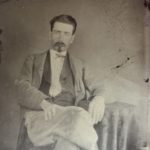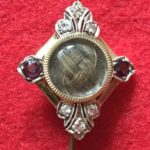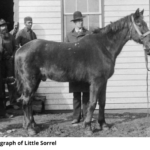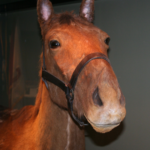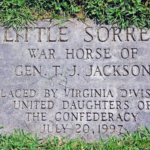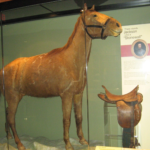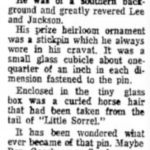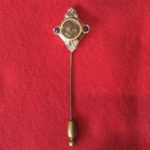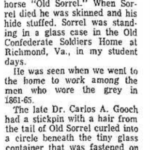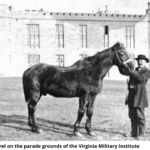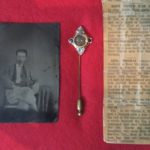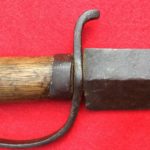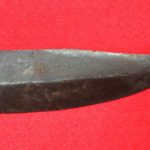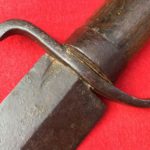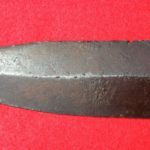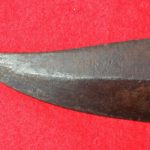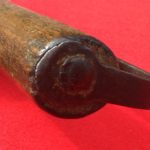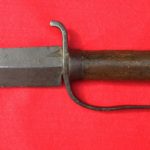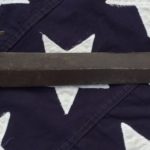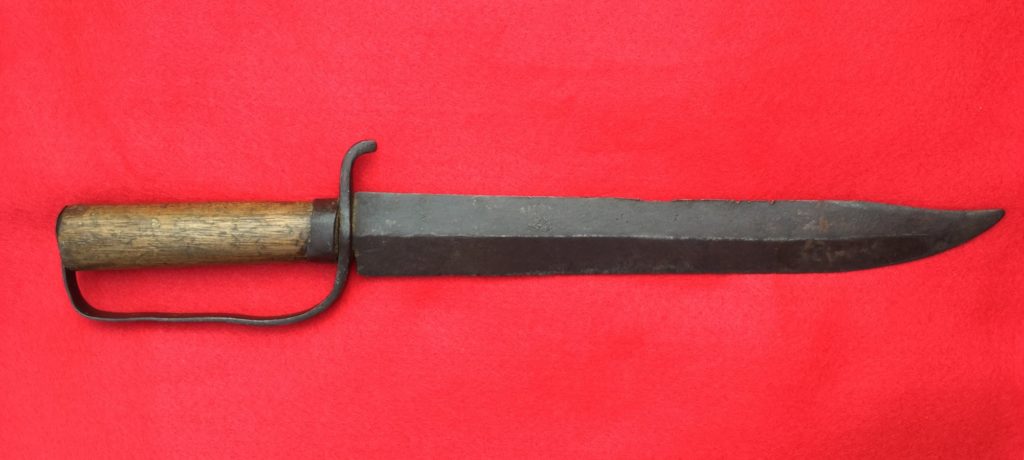- Benjamin Porter Gooch
- Little Sorrel Tail Hair Stickpin
- Little Sorrel, Old Soldiers Confederate Home
- Thomas Jonathan “Stonewall” Jackson’s Horse, Little Sorrel
- War Horse Little Sorrel, Head Stone
- Little Sorrel
- Little Sorrel Stickpin, Beckley Post Herald, W. Virginia
- Stonewall Jackson’s Horse Little Sorrel, Stickpin
- Carlos A. Gooch Little Sorrel Stickpin
- Little Sorrel, Virginia Military Institute
- Benjamin Gooch, Stickpin & Newspaper Article
- Benjamin Porter Gooch, Confederate War Veteran
Recently I was given the opportunity to acquire this neat piece of Southern history from Matt Hagan of www.museuminvestments.com.
Included with the stickpin is a newspaper article mentioning the stickpin and a tintype image of Benjamin Porter Gooch who enlisted 7-15-1861 in Princeton of Mercer County Virginia (currently West Virginia) as a private in I Co. 59th Virginia Infantry, eventually being promoted to Sargent in the 17th Virginia Calvary.
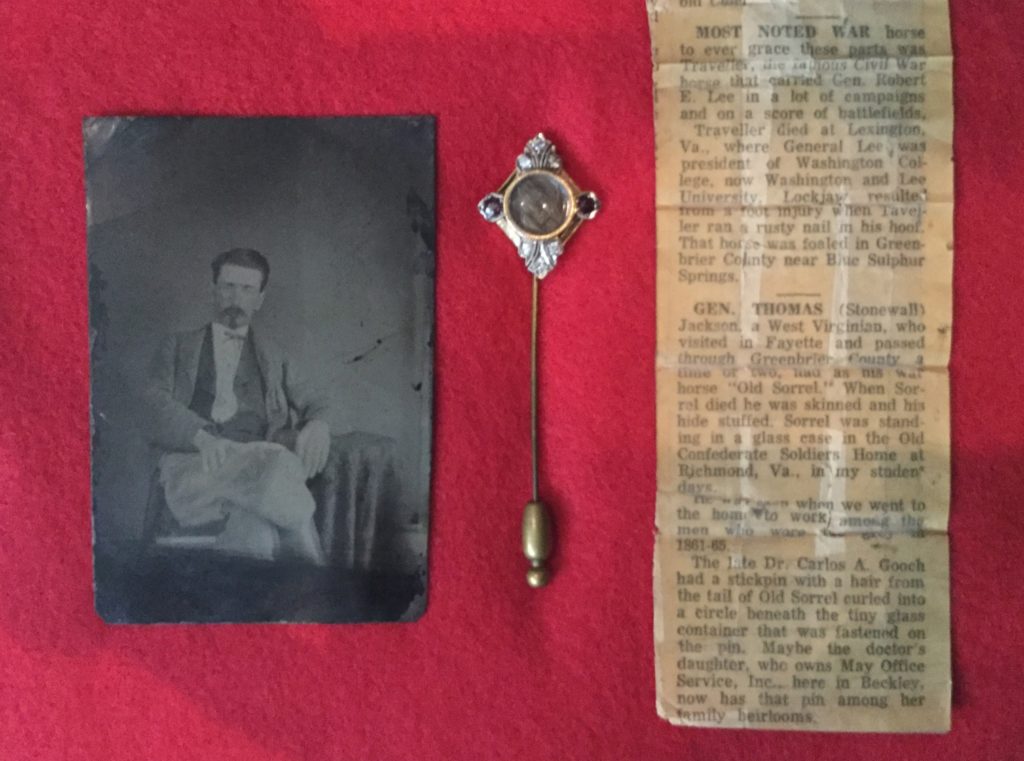
Born in Somers, Connecticut the foal would be sold to the U.S. Government to serve in its war effort. In 1861, he and a number of other Union horses landed in Confederate hands when Southern forces at Harper’s Ferry overtook their transport train.
Little Sorrel was a Morgan horse, fifteen hands tall, Jackson originally intending to give the horse to his wife, He paid the quartermaster $150 for the gelding, naming him “Fancy.” But after riding the horse, Jackson found the animal’s gait so pleasing he remarked, “A seat on him was like being rocked in a cradle.” Deciding to keep the horse for himself, it quickly became known as “Little Sorrel” once Jackson began using it as his regular mount.
Jackson rode his new horse into some of the most famous Civil War battles, including Sharpsburg and Fredericksburg, and it was Little Sorrel who carried Jackson on the fateful day in 1863 when friendly fire mortally wounded the General at Chancellorsville.
After Jackson’s death, Little Sorrel briefly lived with Jackson’s widow in North Carolina before moving to the Virginia Military Institute and then to the Confederate Soldiers Home at Richmond’s Robert E. Lee Camp.
Appearing frequently at county fairs and Confederate veteran’s reunions, Jackson’s old horse never failed to draw a crowd. VMI cadets often had to be called upon to stand guard in order to prevent onlookers from plucking hair from the horse’s mane and tail for souvenirs.
As Little Sorrel advanced in age, he couldn’t stand. But, the Confederate veterans fabricated a sling to support the gelding when he had visitors. It was this sling that broke which sent Little Sorrel tumbling to the ground where he broke his neck. Reports indicate there was a round the clock vigil in Little Sorrel’s stall until he took his last breath in 1886.
Little Sorrel’s body was given to a taxidermist who worked partially for money and partially for an agreed amount of the famous horse’s bones, which he eventually gave to a museum in Pittsburgh. Little Sorrel’s hide was stuffed and mounted in a simulacrum of life which can still be seen on display in the VMI Museum. However the story does not end there.
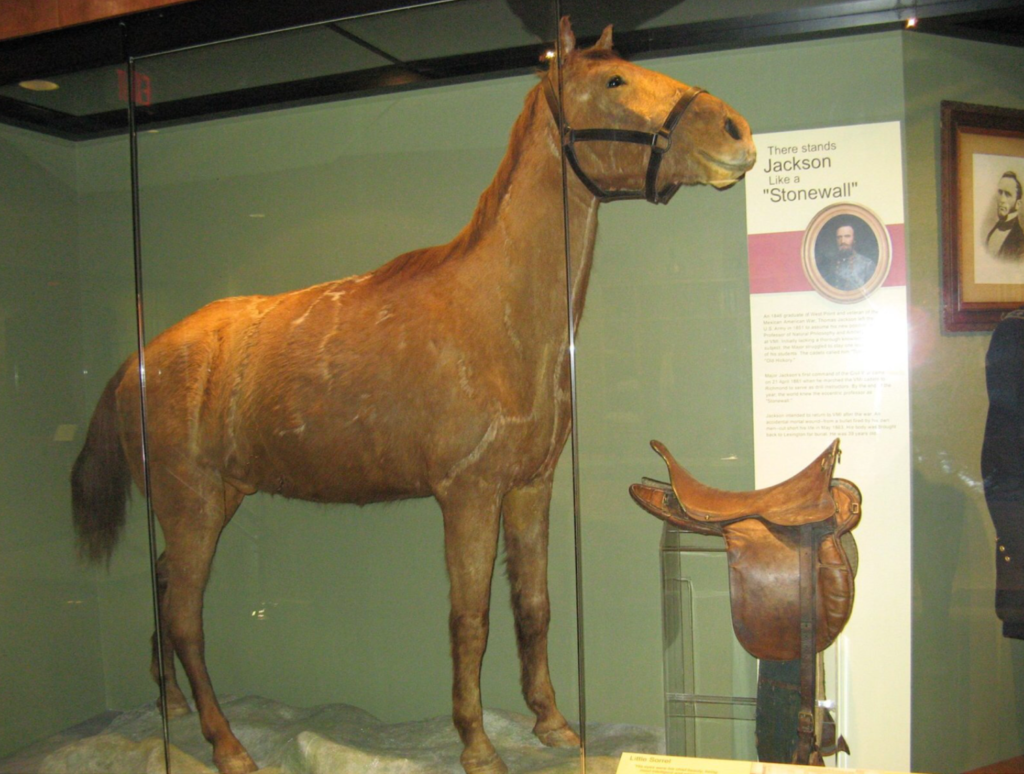
In 1997, the Daughters of the Confederacy, aghast at the thought of a Confederate animal’s bones being so far from its heroic skin, successfully lobbied to have the bones returned to VMI, where they could be spiritually reunited with their former flesh blanket. In honor of the horse’s service and legacy, they burnt Little Sorrel’s reclaimed skeleton to ashes and buried the remains in front of the “Stonewall” Jackson statue near the parade grounds.
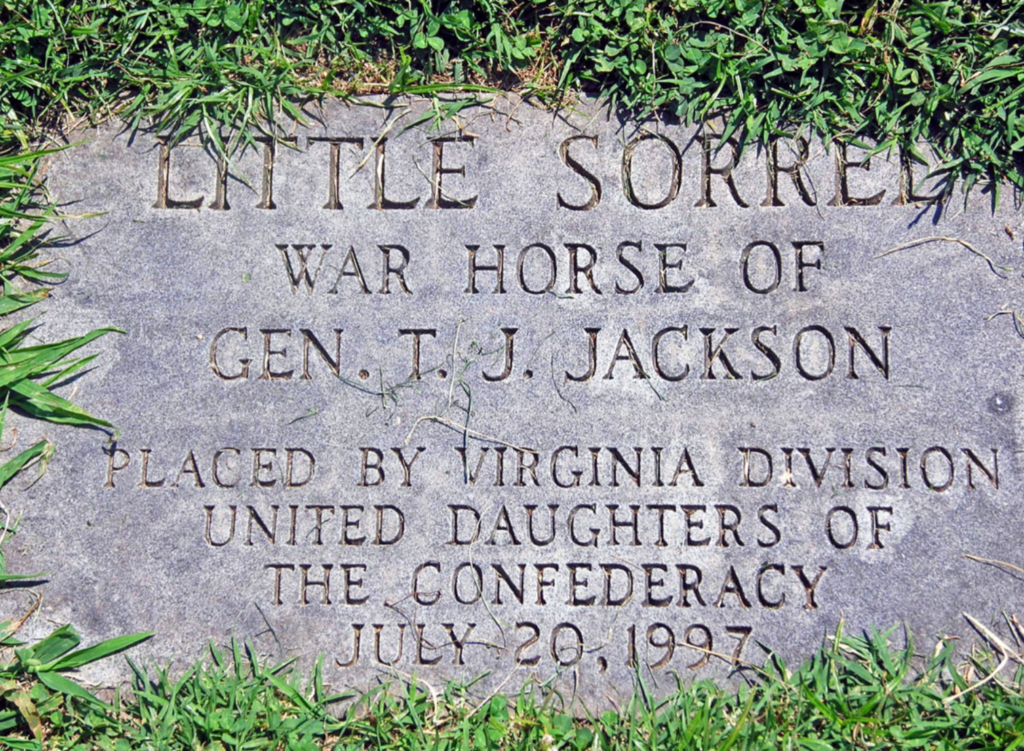
Lost to time is how Benjamin Porter Gooch clipped portions of hair from Little Sorrel, but considering he was a Proud Southern Veteran and lived a short distance from the Virginia Military Institute it’s fair to say he had ample opportunity to get close enough to the Morgan to secure his souvenir.
He cherished the lock of braided hair so, that he had it mounted under glass in a solid gold pendant surrounded by 6 diamonds and 2 amethyst. It must have been a wonderful conversation piece and a souvenir any Southerner would have been proud to wear.
Apparently upon death Benjamin wills the stickpin to his son Carlos A. Gooch who in turn wills it to either his son Ben Gooch or his daughter Mrs. Harry “Gooch” May of Beckley West Virginia and then the story gets sketchy………but now I’m in possession of the stickpin and what a treasure it is. I’ve found two newspaper articles mentioning the Gooch family heirloom reaffirming the provenance.
If you have any questions about this item or any of the other items in my Arsenal feel free to contact me at civilwararsenal@yahoo.com attn: Gene West.

